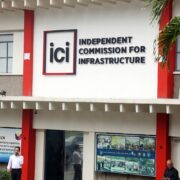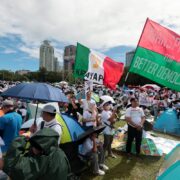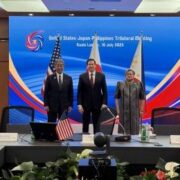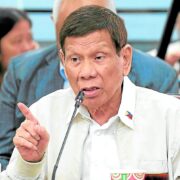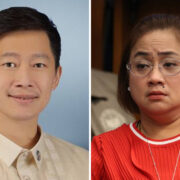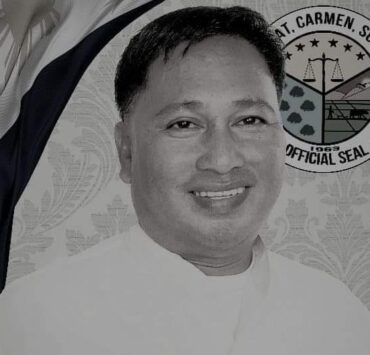BSP defends sale of gold reserves
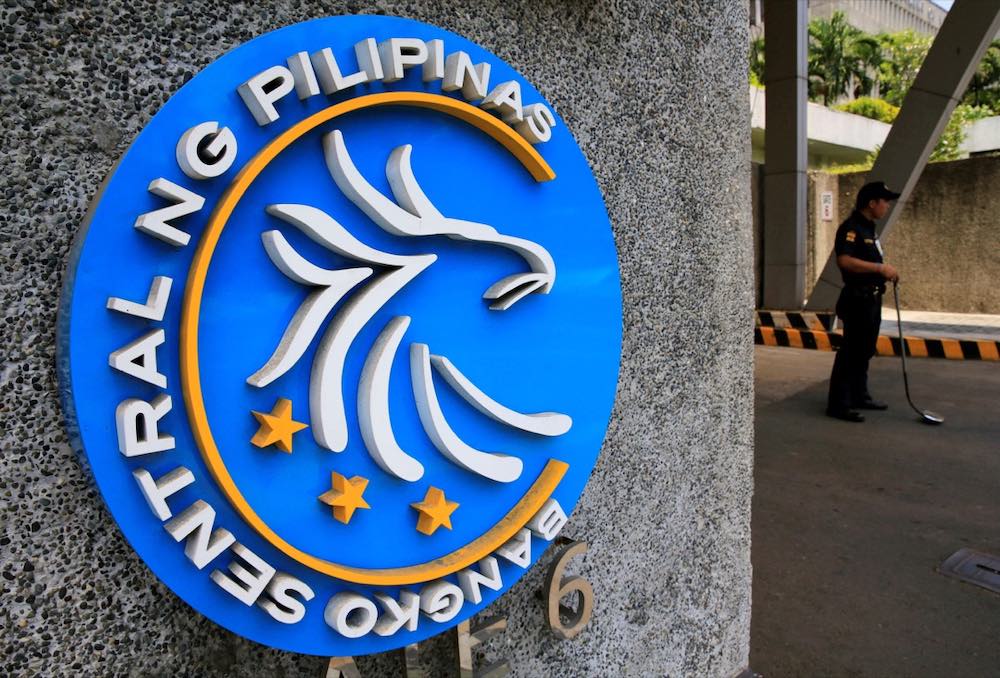
The Bangko Sentral ng Pilipinas (BSP) justified its move to sell some of the country’s gold holdings, saying it only took advantage of high market prices to allow for a healthy buffer against external shocks.
The central bank issued the statement in response to a report saying it sold the most gold worldwide in the first half of 2024 while other countries were increasing their reserves of the precious metal.
”The BSP sold gold during the first half of the year as part of its active management strategy of the country’s gold reserves, which form part of the country’s Gross International Reserves (GIR),” the BSP said.
The central bank dips its hands into this buffer fund in extreme economic conditions, such as massive currency fluctuations and capital outflows, especially when there are no export earnings or foreign loans.
“The BSP took advantage of the higher prices of gold in the market and generated additional income without compromising the primary objectives for holding gold, which are insurance and safety,” it added.
Higher prices
Data from the World Gold Council showed gold averaged $2,338 per ounce in the second quarter, 18-percent higher year-on-year. At one point, prices hit a record $2,427 per ounce.
In 2020, then BSP Governor Benjamin Diokno said the policy-making Monetary Board (MB) had decided to shift to active gold trading as part of a strategy in managing the GIR.
Latest data from the BSP showed gold accounted for 9.5 percent of the Philippines’ $107.9-billion GIR as of August. This was lower than the 10.2-percent share by the end of 2023.
Based on an article written by Paul Hoffman on bestbrokers.com, “Last year, the country’s gold reserves increased by 133 tonnes, but since January, the central bank has sold nearly 25 tonnes, bringing its current gold holdings down to 134.06 tonnes.”
The Philippines purchases its gold from local miners.
Move questioned
Over on social media, the news was met with raised eyebrows, with some questioning the timing of the sale amid the upcoming elections. Some also made reference to the long-running myth involving the “Tallano gold,” supposedly owned by the Marcoses.
Back in May, around 1,000 individuals trooped to the BSP office in Manila asking for a share of the “hidden wealth” being kept there. BSP Governor Eli Remolona Jr. responded to this during an exhibit at the Ayala Museum, where gold pieces from BSP vaults are currently on loan: “You’ll be happy to know what we have [loaned] is not from the reserves.”
Buying and selling gold is a normal part of a central bank’s operations. The same bestbroker.com report noted that Thailand and Uzbekistan also saw a massive drop in their gold holdings this year.
Apart from gold, the BSP’s reserve assets consist of foreign investments, foreign exchange, reserve position in the International Monetary Fund, and special drawing rights.
By convention, the GIR is viewed to be adequate if it can finance at least three months’ worth of the country’s imports of goods and payments of services and primary income. The BSP said the amount of buffer funds as of August can cover 7.8 months’ worth of imports of goods.
“Amid the gold sales, the country’s GIR has remained robust,” the central bank said. INQ





